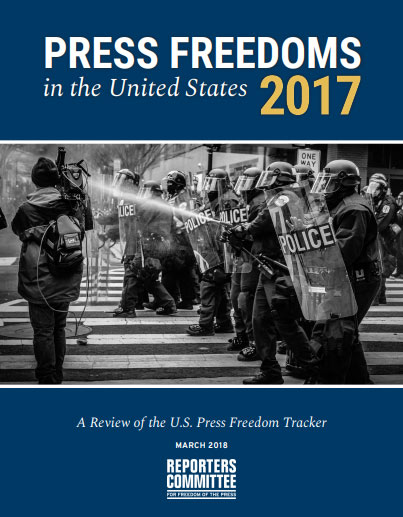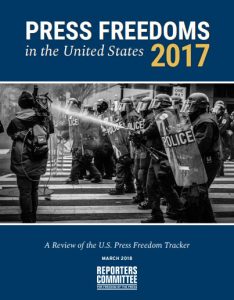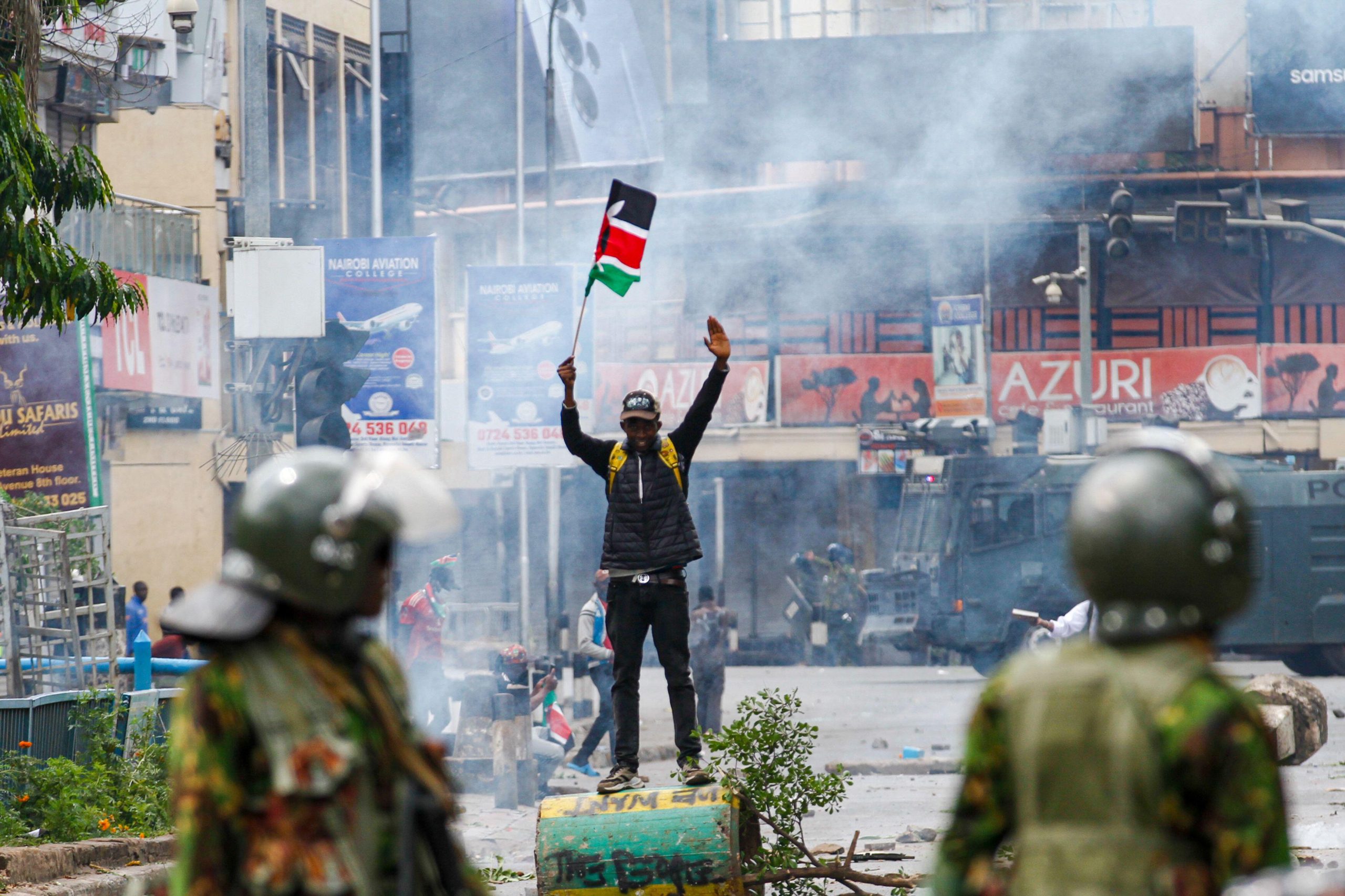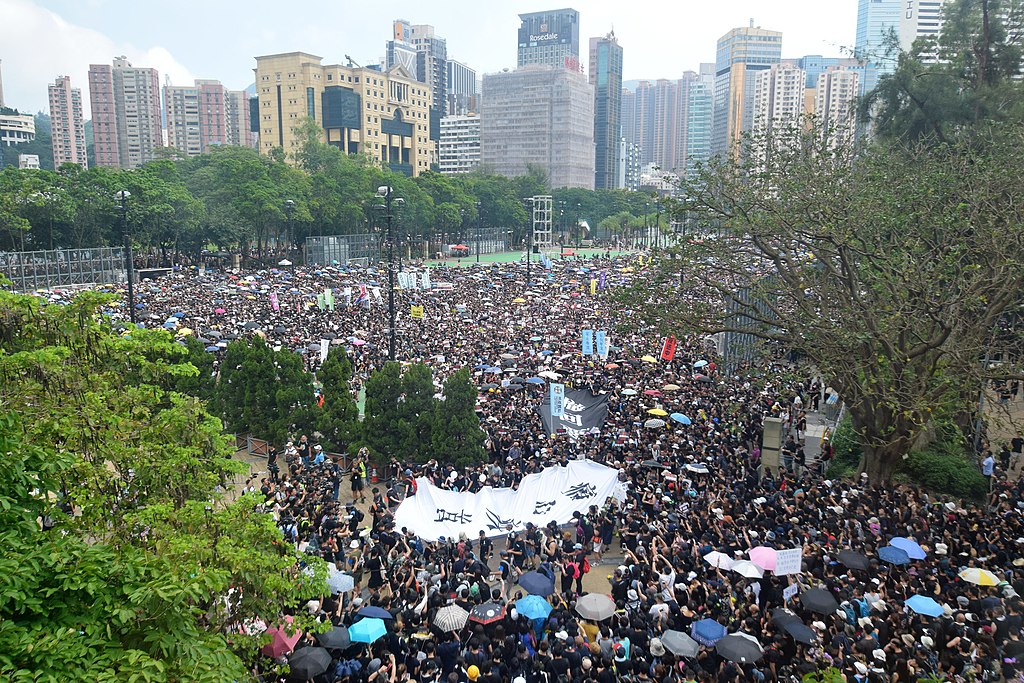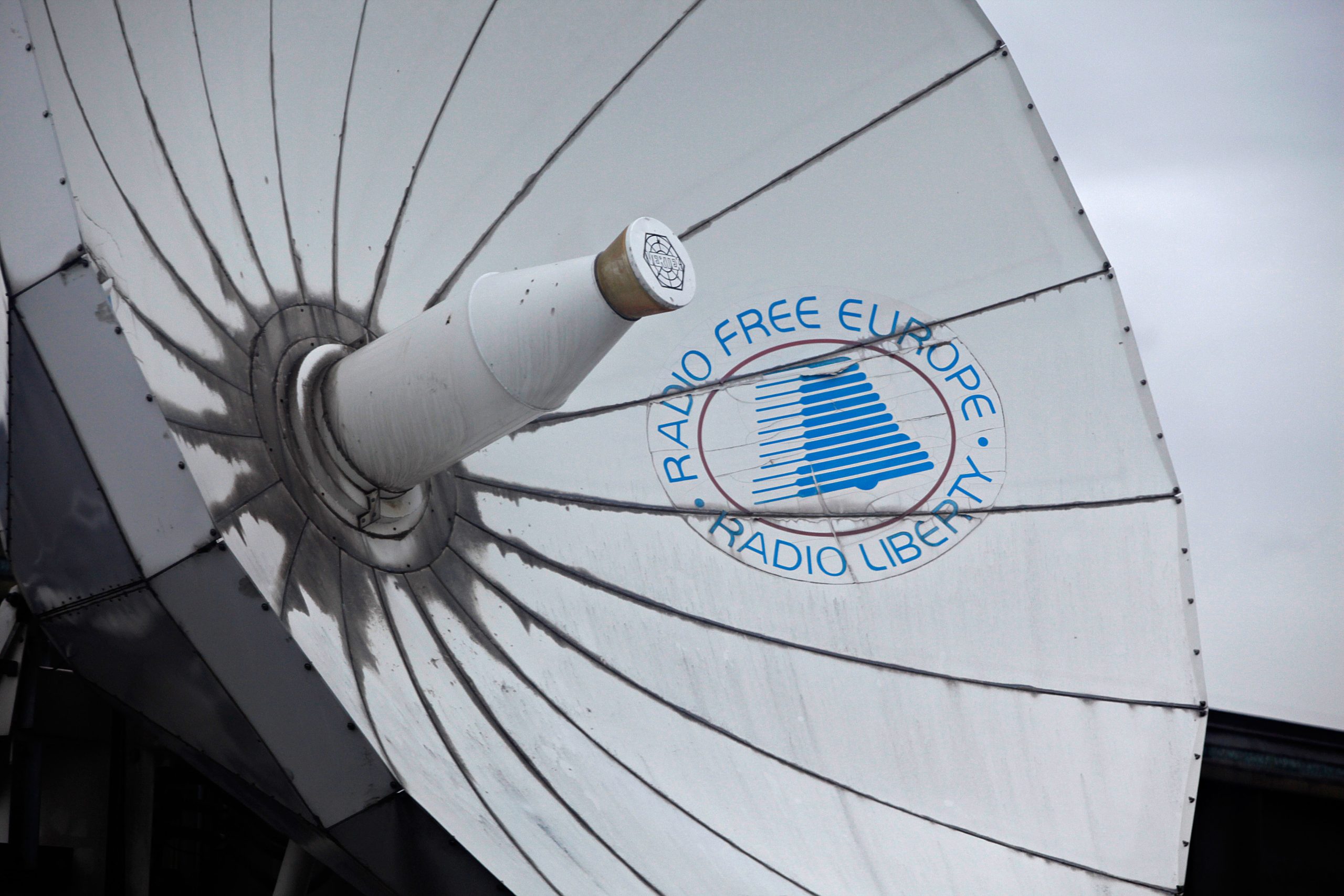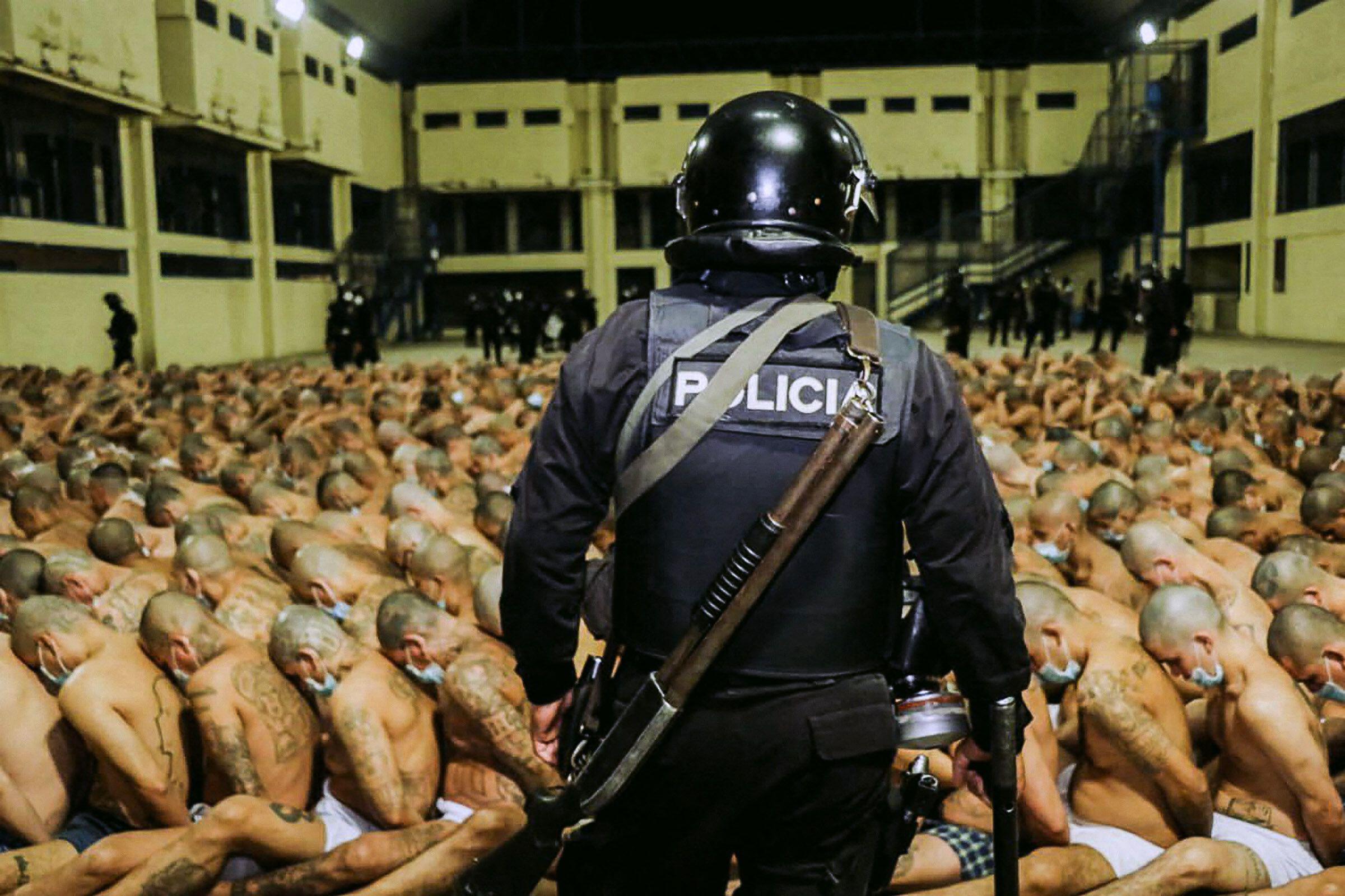This post was originally published by the Reporters Committee for Freedom of the Press.
The most perilous place for a journalist in the U.S. last year was at a protest, according to a new report released Tuesday by the Reporters Committee for Freedom of the Press that surveys the 2017 data from the U.S. Press Freedom Tracker. Of the 122 incidents threatening press freedom that the tracker logged last year, nearly half occurred at protests, where journalists faced physical attacks from police and demonstrators, were arrested by law enforcement, and had their equipment seized and, in some cases, searched.
The Reporters Committee and more than two dozen press freedom groups launched the tracker last year to provide “an honest accounting of the country’s record on press freedoms” amid increasing hostility toward the news media. The report, “Press Freedoms in the United States 2017,” is the Reporters Committee’s first annual assessment of the tracker’s data and sheds light on the challenges facing journalists as they work to inform the public and hold those in power accountable.
According to the report, law enforcement officials arrested journalists 34 times, with more than three-quarters of those arrests taking place at protests, where police used a controversial crowd-control technique known as “kettling.” Of the 45 physical attacks on journalists in 2017, two were notably committed by elected officials: Montana congressional candidate Greg Gianforte “body slammed” a reporter who tried to interview him but was nevertheless elected the next day, and an Alaska state senator slapped a reporter in the state capitol building. The tracker also identified instances where journalists were stopped while crossing U.S. borders, denied access to public meetings and information, subpoenaed to testify in court, and subjected to unprecedented verbal attacks from public officials, often at the highest levels of government.
The report also notes that in 2017, the Department of Justice only brought charges in one case involving disclosure of classified information to the media, that of Reality Winner. However, the DOJ has said it is investigating 27 leak cases as of November 2017, and just days ago charged a former FBI agent in Minnesota in connection with a leak investigation, potentially indicating more prosecutions may be forthcoming.
Read the full report here.

